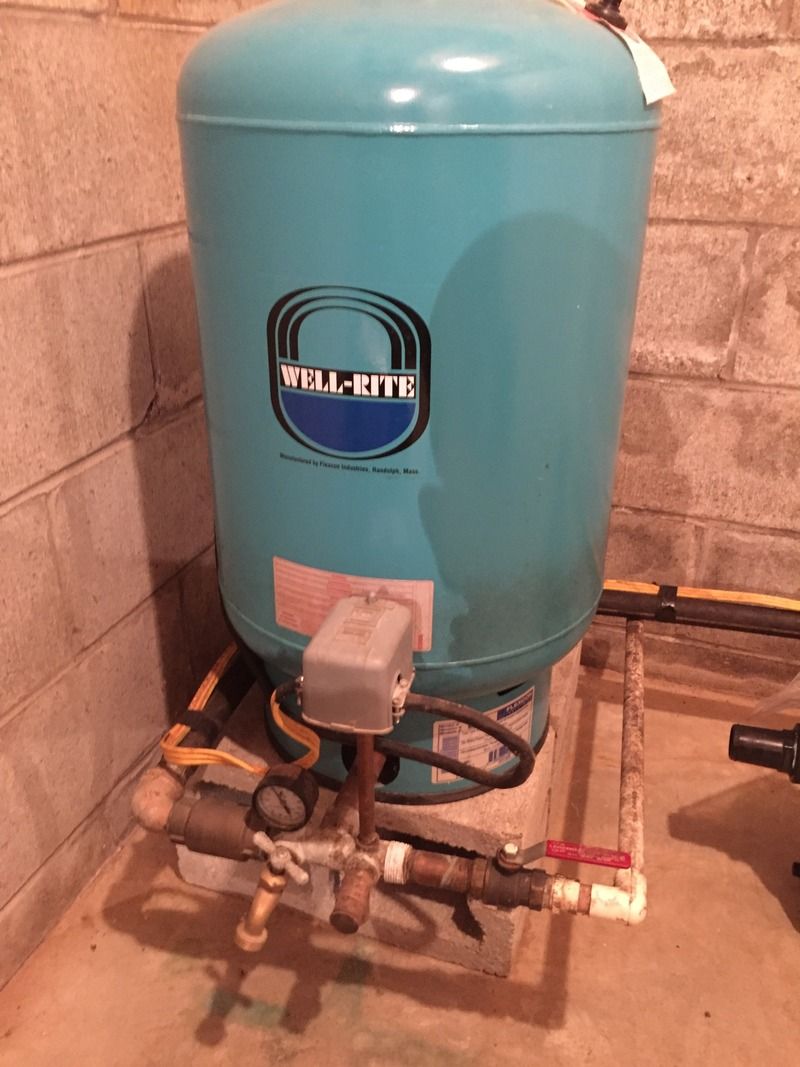- Joined
- Jan 14, 2002
- Messages
- 4,800
- Reaction score
- 12,596
- Location
- North of Goderich, Ontario, Canada
Ok got ya. So what is in the OWB that the water is heated with initially? Is it some type of "radiator" ? What kind of material?
All I am looking for is a a few loops of pipe, or a "radiator" that can be mounted on the outside of stove, that is in my basement, then plumbed in to in-floor heat loop before it gets to my boiler, to preheat or even not use boiler. Pump and expansion tank are all there, I just want to preheat.
I think maybe you are looking for something like on this site. Water coil.
http://www.hilkoil.com/


























































